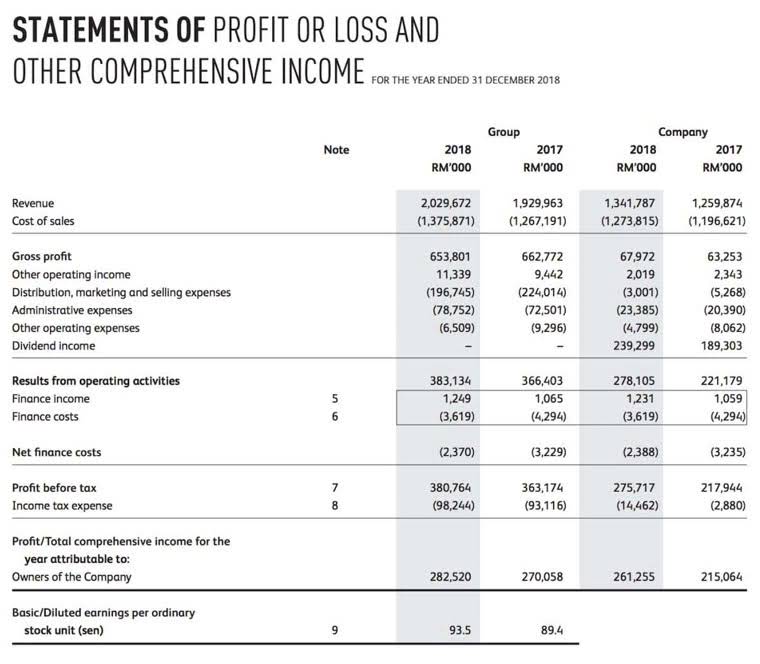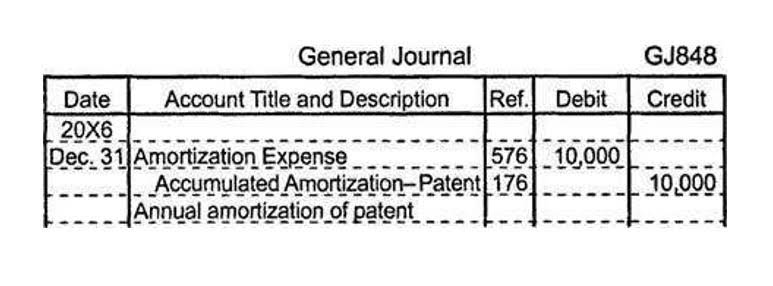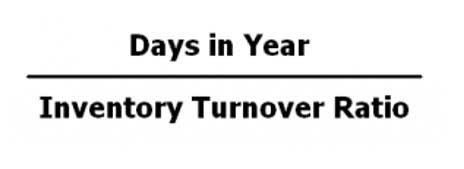R&d Tax Credit
The R&D tax credit is on the market to both startup and established businesses who qualify. Overstating QREs or misapplying the credit calculation can set off IRS scrutiny. Be exact in calculating your R&D tax credit score, whether or not using the Regular Analysis Credit (RRC) or the Alternative Simplified Credit Score (ASC) technique. Inflated claims can lead to audits, penalties, and interest charges, negating the benefits of the credit score. Businesses might carry forward unused tax credit to subsequent earnings years till they are fully taken. They should declare allowable tax credit from prior years before making use of credits earned in the course of the current income 12 months.
Despite these important benefits, solely a fraction of eligible companies—mostly small- and medium-sized enterprises—actually apply for the credit. By some estimates, fewer than one in three qualifying companies take benefit of this opportunity, missing a chance to scale back tax legal responsibility for investing in innovation. This information will stroll you thru it all—activities, expenses, rules, and latest developments. By the tip, you’ll be in a position to navigate the R&D tax credit score claim process with confidence—and maximize the credit’s potential in your firm.
The R&D tax credit score consultants at ETS can be joyful that will help you choose the optimal approach based mostly on your particular scenario. Our aim is to demystify R&D tax credit calculations so that you simply can leverage this highly effective incentive to its full potential. With the right method, the financial savings can considerably increase your backside line and help continued innovation. Let’s dive into the specifics of documenting expenses, selecting a calculation methodology and claiming the credit.
.jpeg)
The key is to establish prices that directly assist technological development as required by IRS definitions. Instead, select somebody who has a deep understanding of the R&D tax credit and the method it works, such as experienced R&D tax credit score consultants who’ve partnered with companies in your business or sector. It’s essential to make sure that your tax pro understands both https://www.kelleysbookkeeping.com/ federal and state R&D tax credit.
.jpeg)
The calculation and utility process outlined above might sound complex for many companies — it often is advanced. If you’re uncertain about any facet – whether or not a project is eligible, or the method to handle the computation – why not get in touch? You can, nonetheless, file early in case your accounts are prepared, or even do an interim declare should you shorten a interval – however talk to your accountant in regards to the pros/cons of that. Additionally, observe HMRC has been known to take longer to process some R&D claims due to compliance checks, so don’t bank How The R&d Tax Credit Is Calculated on the cash arriving on a particular date. One way to maximize your declare is to ensure key R&D employees are on the payroll (rather than all on contractor invoices) so that your PAYE/NIC footprint grows.
.jpg)
The regular analysis calculation (RRC) method is best suited for larger and more established corporations, as it requires complete historical knowledge about your qualified bills and gross receipts. Using the normal method, you’d apply the base amount by making use of that percentage to the typical of the prior four-year gross receipts. To decide the gross credit quantity, you’ll multiply 20% by the smaller extra over the bottom or 50% of your present year QREs.
- The Alternative Simplified Credit Score (ASC) Method is the extra streamlined of the two R&D calculation strategies.
- The state’s R&D tax credit is one of two corporation income tax credits out there to enterprise taxpayers incurring qualifying R&D spending in Connecticut.
- Research and Improvement (R&D) credit are an excellent tax incentive, allowing your company to cut back its federal tax bill, and even save on state taxes.
- The definition of R&D for tax purposes remains the same beneath the new scheme.
- For instance, should you owe some late PAYE or VAT, HMRC will apply the credit score to that).
Generally, your staff would spend between 10 to 20 hours, distributed among several individuals, with every person contributing roughly 15 to forty five minutes. Clients who’re well-organized and help us with upfront planning often discover that they spend even much less time on the method. Innovation moves the world ahead, so do not let tax complexity stand in the way of pursuing your subsequent groundbreaking R&D project.











